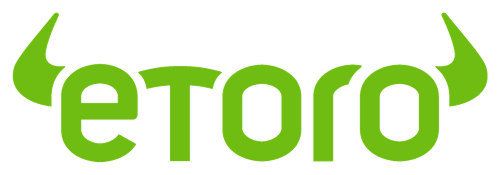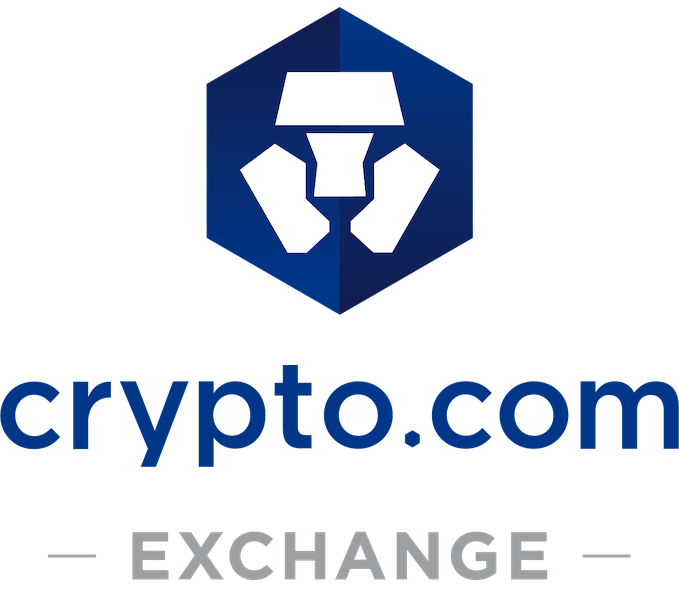
Introduction
Decentralized Finance (DeFi) has rapidly become one of the most disruptive innovations in the financial industry. With the rise of blockchain technology and cryptocurrencies, DeFi platforms are providing a decentralized alternative to traditional financial systems. These platforms enable users to access financial services such as lending, borrowing, trading, and earning interest without relying on intermediaries like banks or brokers. In 2021, the total value locked (TVL) in DeFi platforms surged beyond $100 billion, highlighting the growing interest and adoption of these decentralized financial solutions.
This article will explore the workings of DeFi platforms, their key features, and the pros and cons of using these decentralized solutions. Additionally, we’ll delve into popular DeFi platforms, their use cases, and answer frequently asked questions about the DeFi ecosystem.
What are DeFi Platforms?
Definition and Core Concepts
DeFi platforms are decentralized applications (dApps) built on blockchain networks, primarily Ethereum, that offer traditional financial services without the need for centralized control. They rely on smart contracts—self-executing contracts with the terms written directly into code—to automate transactions and eliminate the need for intermediaries.
Some of the primary functions of DeFi platforms include:
- Lending and Borrowing: Users can lend their assets to others and earn interest or borrow assets by providing collateral.
- Decentralized Exchanges (DEXs): These allow users to trade cryptocurrencies without needing a centralized exchange or a middleman.
- Yield Farming: A process where users provide liquidity to DeFi protocols and earn rewards in the form of tokens or interest.
- Staking: Locking up assets in a protocol to earn rewards while helping secure the network.
How DeFi Platforms Work
DeFi platforms operate using blockchain technology, particularly smart contracts. These smart contracts execute transactions autonomously when certain conditions are met. For instance, in a lending platform, a smart contract will release collateral once a borrower has repaid their loan. Users interact directly with these contracts using decentralized wallets like MetaMask, making the process trustless and transparent.
Key Features of DeFi Platforms
Decentralization
Unlike traditional financial systems, where banks or financial institutions have control over users’ funds, DeFi platforms are decentralized. They use blockchain networks, which are distributed across thousands of computers, ensuring no single entity controls the system.
Transparency
Every transaction on a DeFi platform is recorded on the blockchain, providing full transparency. Users can audit these transactions, making DeFi platforms more accountable compared to traditional banking systems.
Accessibility
DeFi platforms are open to anyone with an internet connection, removing geographical barriers and democratizing access to financial services. Whether someone is in a developed nation or an underbanked region, they can access DeFi services without a third-party gatekeeper.
Popular DeFi Platforms
Uniswap
Uniswap is a decentralized exchange (DEX) built on the Ethereum blockchain that allows users to swap ERC-20 tokens directly. With its automated market maker (AMM) model, users can trade tokens without an order book or intermediaries. Uniswap was one of the first DeFi platforms to gain significant traction, amassing over $3 billion in TVL as of 2021.
Aave
Aave is a decentralized lending platform that enables users to lend and borrow cryptocurrencies. Users can deposit their assets into liquidity pools and earn interest, or they can borrow by providing collateral. Aave’s innovation includes flash loans, which allow users to borrow without collateral as long as the loan is repaid within one transaction.
Compound
Compound is another DeFi lending platform that allows users to earn interest on their cryptocurrency holdings or take out loans. The platform’s governance token, COMP, gives users voting rights on protocol changes, making it a leader in decentralized governance.
Pros and Cons of DeFi Platforms
Pros
- No Intermediaries: DeFi platforms operate without the need for banks, brokers, or any other third-party intermediaries.
- Higher Yields: Due to the competitive nature of DeFi, users often earn higher returns compared to traditional financial services.
- Transparency: All transactions are recorded on the blockchain, ensuring full transparency and reducing the risk of fraud.
- Accessibility: DeFi is available to anyone with an internet connection, regardless of location or financial background.
- Ownership of Assets: Users maintain control over their funds and are not required to hand over custody to a third party.
Cons
- Security Risks: Smart contracts can be prone to bugs or vulnerabilities that hackers can exploit. In 2020 alone, DeFi platforms lost over $120 million to security breaches.
- Regulatory Uncertainty: As DeFi is still a relatively new concept, regulatory frameworks are underdeveloped, which may pose risks for users.
- Volatility: The value of assets on DeFi platforms can be highly volatile, particularly in yield farming and liquidity provision.
- Complexity: For new users, DeFi platforms can be difficult to navigate, especially when interacting with smart contracts and decentralized wallets.
Frequently Asked Questions (FAQ)
1. What is a DeFi platform?
A DeFi platform is a decentralized financial application built on blockchain technology, offering financial services such as lending, borrowing, and trading without intermediaries.
2. How does DeFi differ from traditional finance?
DeFi removes intermediaries like banks and brokers, using blockchain technology and smart contracts to execute transactions. It is more transparent, accessible, and decentralized compared to traditional finance.
3. Are DeFi platforms safe?
While DeFi platforms offer numerous benefits, they also come with risks. Security breaches, smart contract bugs, and regulatory uncertainty are some of the challenges users may face.
4. Can I earn interest using DeFi platforms?
Yes, many DeFi platforms, like Aave and Compound, allow users to lend their assets and earn interest through liquidity pools.
5. What is yield farming in DeFi?
Yield farming is a way to earn rewards by providing liquidity to DeFi platforms. Users “farm” yields by locking their assets in liquidity pools, and in return, they receive tokens or interest.
6. What are decentralized exchanges (DEXs)?
Decentralized exchanges (DEXs) like Uniswap allow users to trade cryptocurrencies directly without relying on a central authority. Trades are executed using smart contracts, ensuring transparency and security.
7. What are the benefits of using DeFi platforms?
DeFi platforms offer users full control of their assets, higher yields, transparency, accessibility, and the removal of intermediaries.
8. Are there risks involved in DeFi?
Yes, DeFi platforms come with risks such as security vulnerabilities, regulatory uncertainty, and the volatility of assets.
9. What is staking on a DeFi platform?
Staking involves locking up your assets in a blockchain network to help secure it, and in return, you earn rewards. It is a common feature in proof-of-stake (PoS) blockchains.
10. How can I start using DeFi platforms?
To start using DeFi platforms, you’ll need a decentralized wallet, such as MetaMask, and some cryptocurrency like Ethereum. From there, you can explore various platforms and choose the services that best suit your needs. For more insights on DeFi opportunities, visit Neo Profit.
Conclusion
DeFi platforms are revolutionizing the way we interact with financial systems, offering a decentralized alternative to traditional services. From lending and borrowing to yield farming and staking, DeFi’s innovative applications provide both opportunities and risks. Understanding the underlying mechanisms, benefits, and potential drawbacks of DeFi is essential for anyone looking to navigate this exciting frontier in finance.
As DeFi continues to grow and evolve, it will likely play an increasingly central role in shaping the future of finance, bringing accessibility and autonomy to users around the globe.









